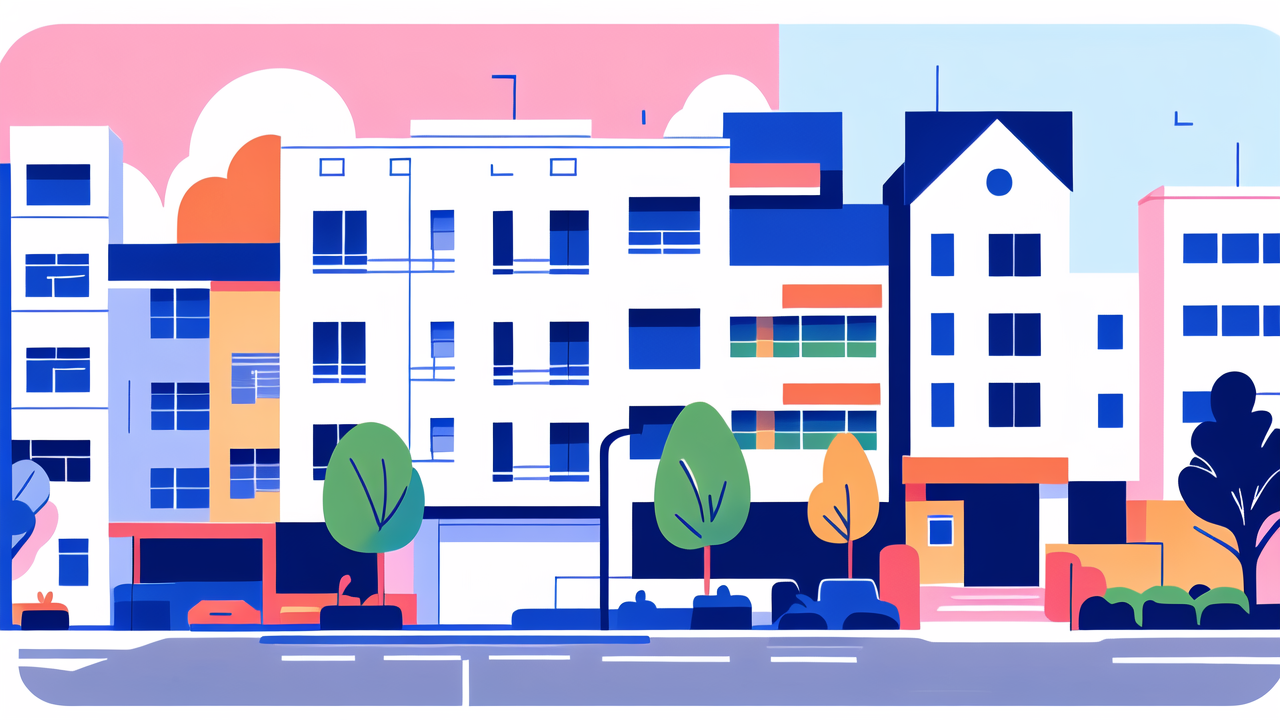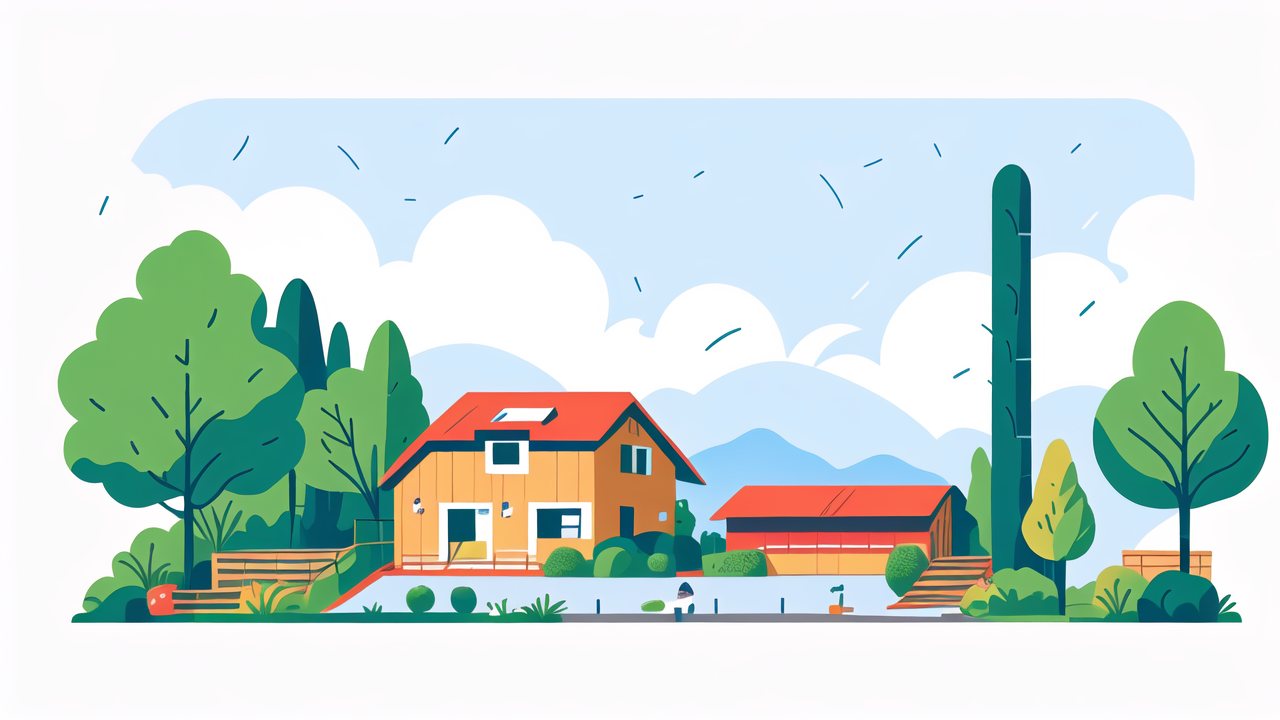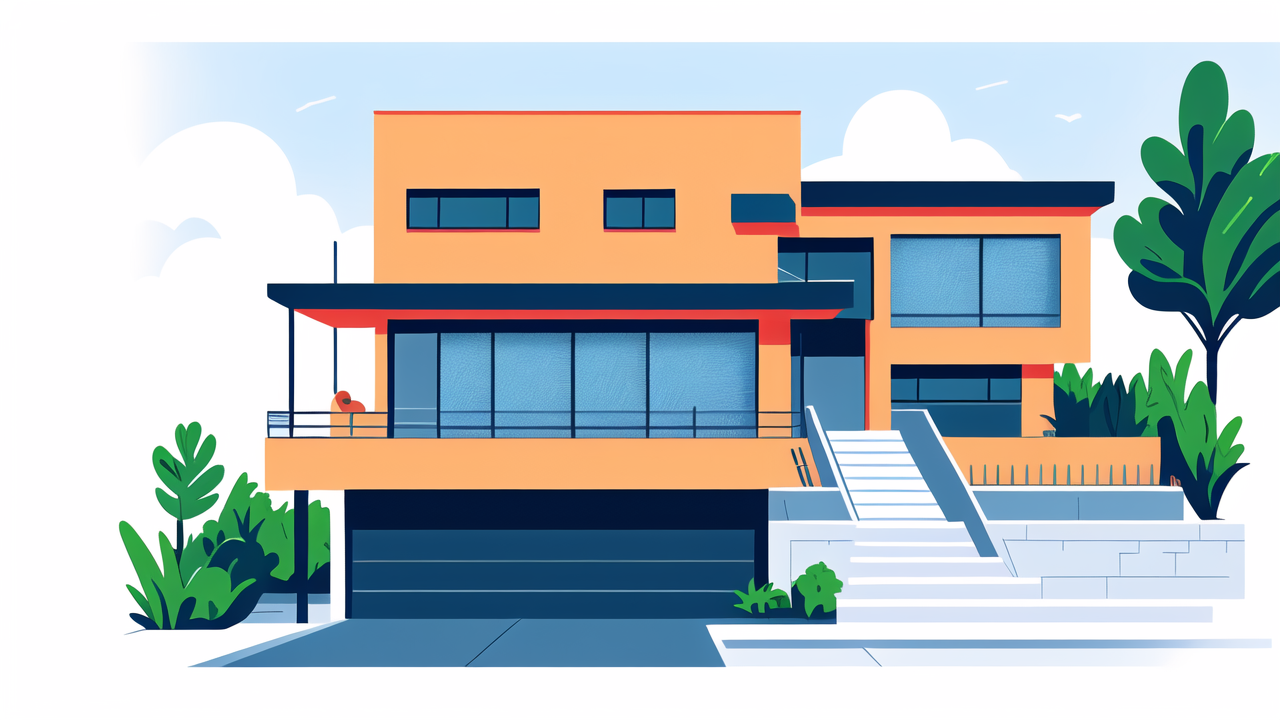Understanding the Importance of Privacy Fences in Residential Security
Exploring the Role of Fences in Protecting Your Home
Privacy fences play a crucial role in home security. They create a physical barrier that deters intruders. A well-designed fence can block views from the street. This increases privacy for your family. Fences also clearly mark your property boundaries.

Key benefits of privacy fences include:
- Creating safe play areas for children and pets
- Reducing noise from nearby roads
- Adding an extra layer of security to your home
- Potentially increasing property value
When selecting a fence, consider factors like height, material, and design. These elements affect both security and aesthetics. A good fence balances protection and visual appeal. It's an investment in both safety and home value.
The Legal and Regulatory Landscape of Residential Fencing in the United States
Before installing a fence, it's crucial to understand local laws. Fencing regulations vary by location. Most cities have specific rules about fence height and materials. Front yard fences are often limited to 4 feet. Backyard fences can usually be taller.
Important points to remember:
- Check local zoning laws
- Obtain necessary permits
- Respect property lines
- Follow HOA rules if applicable
Ignoring these regulations can result in fines or forced removal. Do your research before starting. Consult your local planning office for guidance. They can help ensure your project complies with all rules. This prevents future legal issues.
Creative DIY Privacy Fence Solutions for Homeowners
Leveraging Natural Elements for an Effective Fence
Natural fences offer a green alternative to traditional options. Living fences made from plants or trees are eco-friendly. They blend seamlessly with your landscape. These fences improve over time as plants grow and fill in.

Consider these natural fencing ideas:
- Plant a row of fast-growing evergreens like arborvitae
- Create a mixed hedge using various shrubs
- Use bamboo for a quick-growing, dense screen
- Install a trellis and train climbing vines
Natural fences require more maintenance than standard fences. However, they offer unique benefits. They can attract wildlife and improve air quality. Seasonal changes add visual interest to your yard. A living fence can enhance your home's natural beauty.
Cost-Effective Materials and Tools for Building Your Fence
Building your own fence can be a budget-friendly option. Start with affordable materials like pressure-treated pine. This wood is durable and resists rot. Cedar is another good choice. It naturally repels insects. For a modern look, consider corrugated metal panels.
Essential tools for DIY fence building:
- Post hole digger
- Level
- Tape measure
- Circular saw
- Drill
- Hammer
Consider renting heavy equipment like an auger for digging post holes. This can save time and effort. Pre-made fence panels can speed up installation. Don't forget to budget for concrete to set the posts. With some work, you can create a great fence at a lower cost.
Advanced Fence Design Features for Maximum Security and Aesthetics
Integrating Smart Technology into Your Privacy Fence
Smart technology can enhance your fence's security features. Motion sensors and cameras add extra protection. These devices can alert you to potential threats. Some systems send notifications to your smartphone. This allows you to monitor your property remotely.

Consider these smart fence options:
- Motion-activated lighting
- Electronic gate openers
- Intercom systems
- Solar-powered security cameras
Smart gates offer both convenience and security. You can control them using your phone or a key fob. This makes it easy to manage access for guests or deliveries. Solar-powered features can reduce energy costs. They're also environmentally friendly.
Innovative Fence Materials and Installation Techniques
New materials are revolutionizing fence design. Composite fencing is gaining popularity. It's made from recycled plastic and wood fibers. This material resists rot, fading, and insects. It requires less maintenance than traditional wood fences.
Modular fence systems offer easy installation. They use pre-fabricated panels that snap together. This can save time and reduce labor costs. These systems come in various styles and colors. You can customize them to match your home's aesthetic.
Glass panels provide a modern fencing option. They offer privacy without blocking views. Frosted or tinted glass provides additional seclusion. For improved stability, consider helical piles instead of concrete footings. They work well in various soil types.
The Impact of Fence Design on Property Value and Curb Appeal
A well-designed fence can significantly boost your home's value. It should complement your home's architectural style. This creates a cohesive look that appeals to potential buyers. A good fence frames your property beautifully. It can make your home stand out in the neighborhood.
Consider these design elements:
- Choose a style that matches your house
- Mix materials for a unique look
- Add landscaping along the fence line
- Think about the view from both inside and outside your property
Remember, your fence is often the first thing people notice. It sets the tone for your entire property. Invest in quality materials and thoughtful design. A great fence enhances your home's beauty and value for years to come.
In conclusion, innovative fence designs balance privacy and curb appeal. They protect your home while adding to its aesthetic value. Whether you opt for a natural fence or a high-tech solution, ensure it meets your needs. With the right fence, you create a safe, private, and attractive outdoor space for your family.
